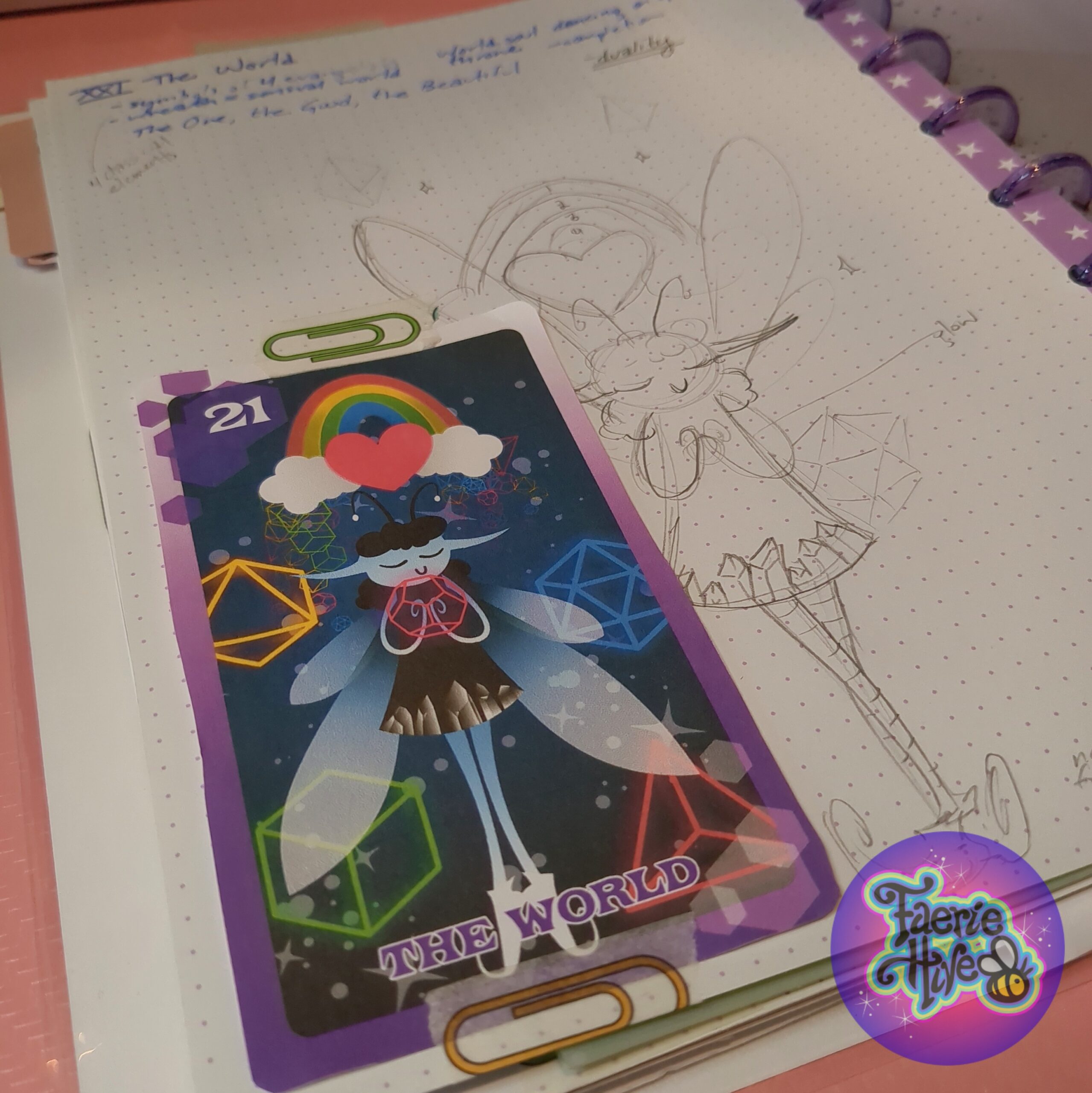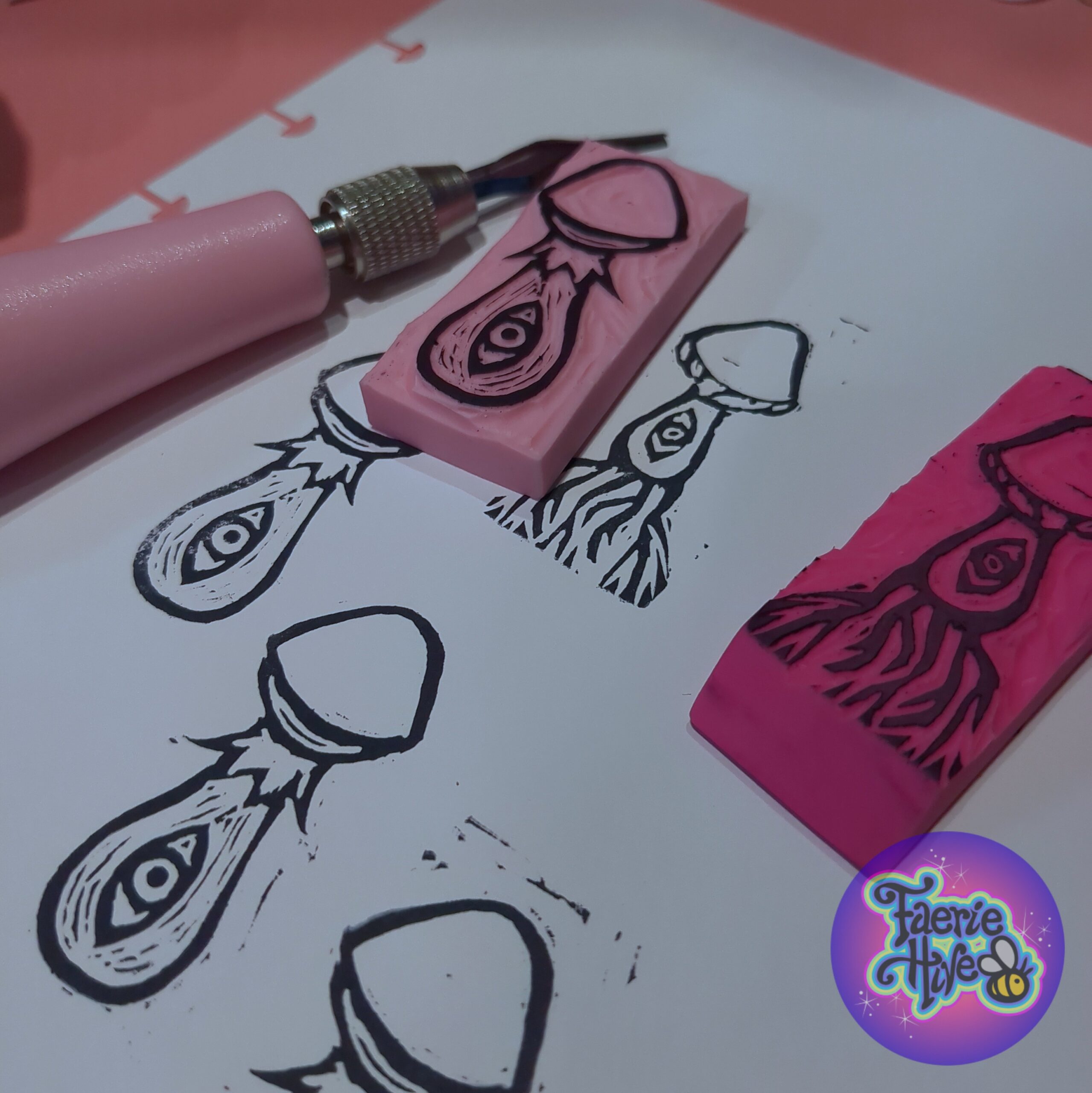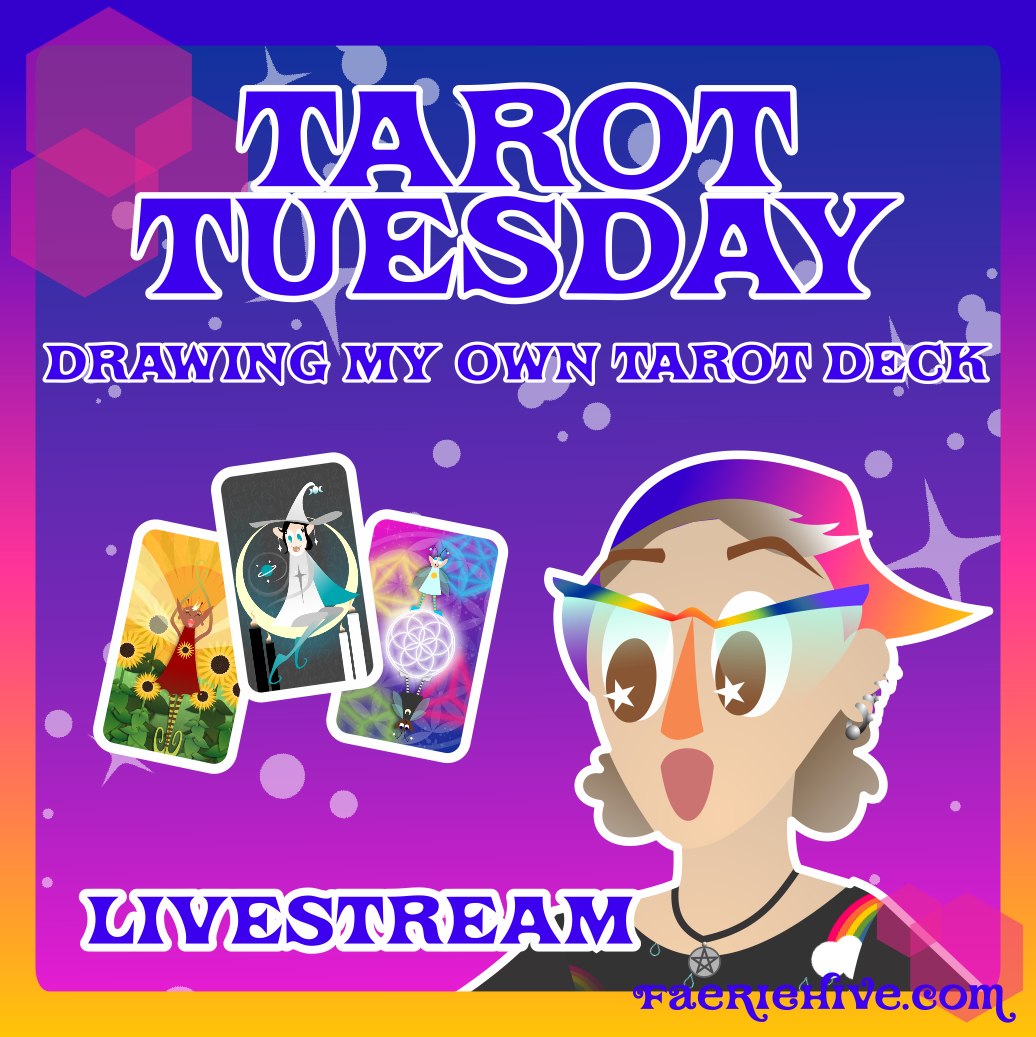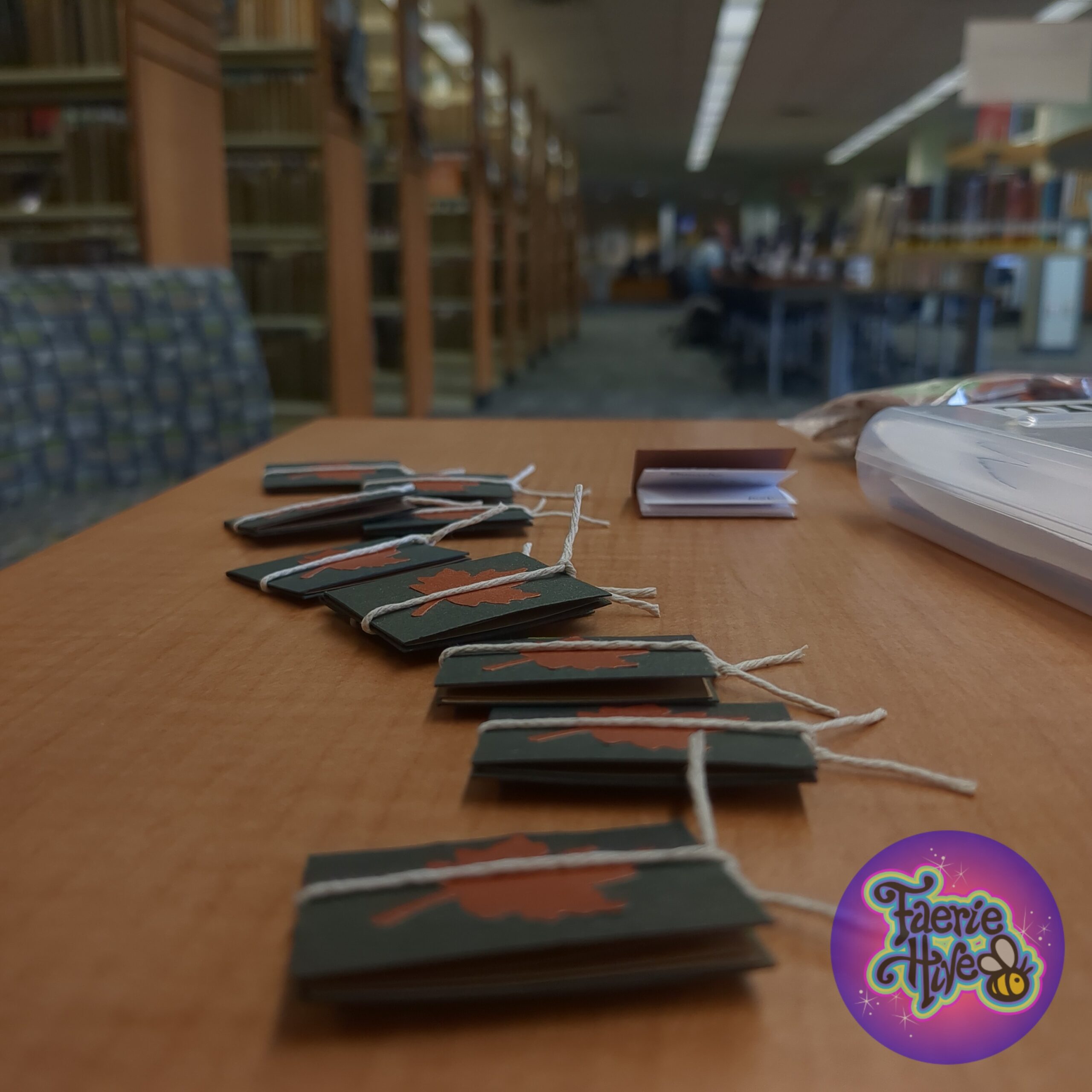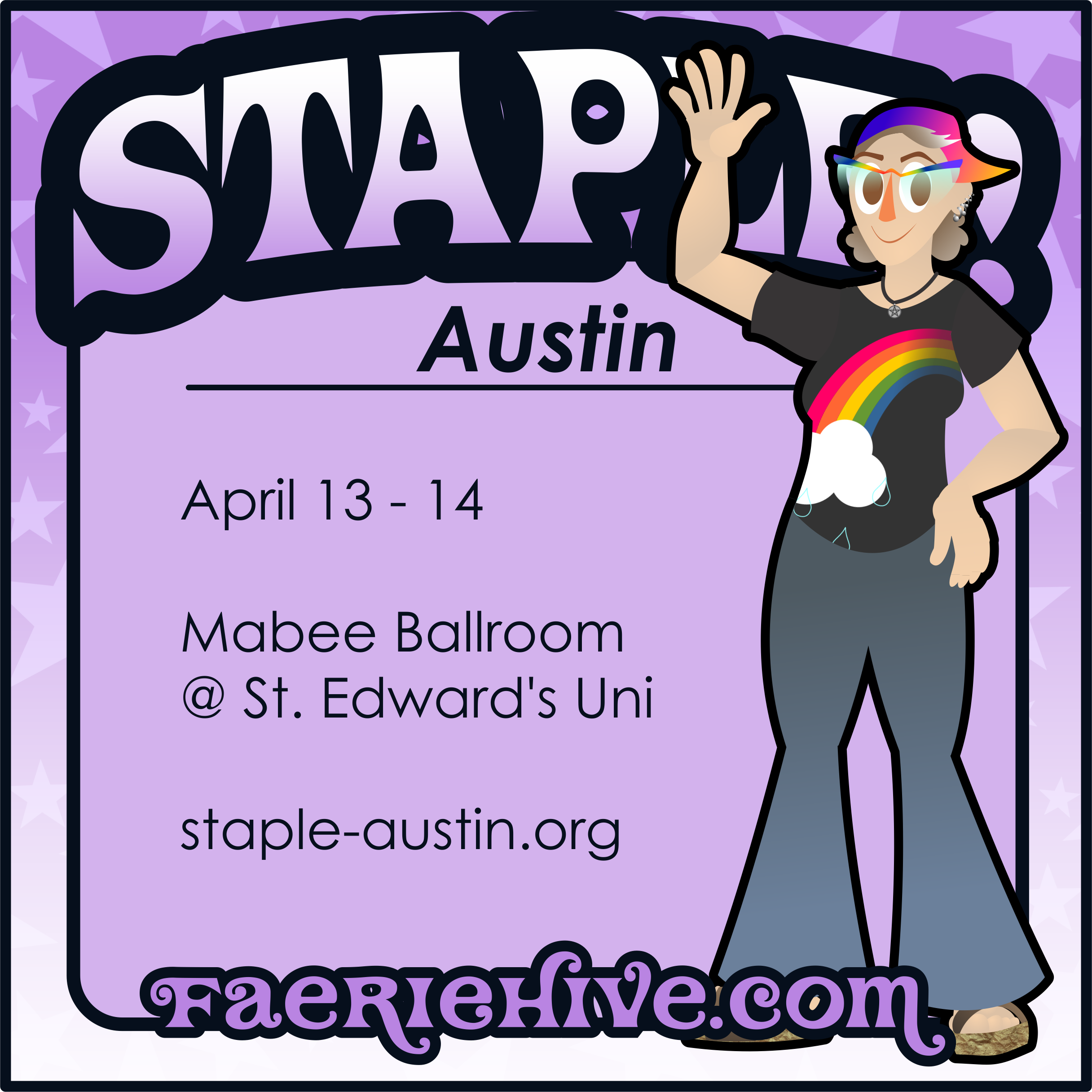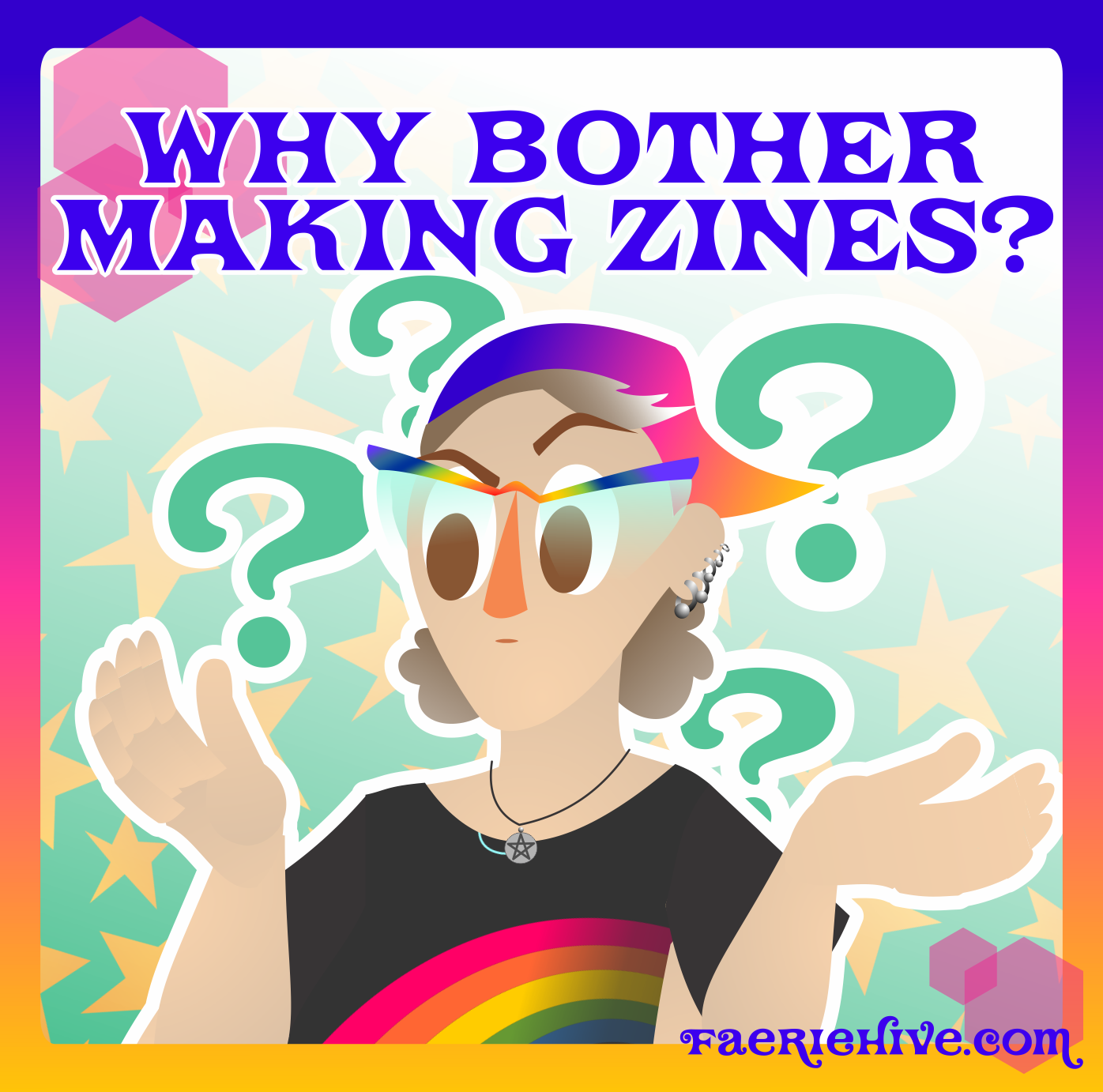
I’ve been quiet online, mostly because I’ve been playing with the latest tool in my toolbox, a fax machine! No, I’m not passing along chain letters and bad jokes, but rather using the thermal printer component of the machine for creating stencils from Risograph masters. This year I already tried purchasing a cheap thermal printer, and subsequently discovered it is utterly inadequate for my needs; it was chucked back to the Amazon Overlords the same day. After a few months of daily checking for fax machines in my area, I managed to snag one for $10. Granted, it’s not as compact and store-able as the portable thermal printers, but thus far it has spit out a perfect stencil every time. It doesn’t rely on battery/USB-C power nor do I have to finesse inconsistent Chinese printing software to get it to do my bidding.
I’m almost finished with an upcoming video about experimenting with hectographs, of all things. Hopefully it’ll be done soon!





